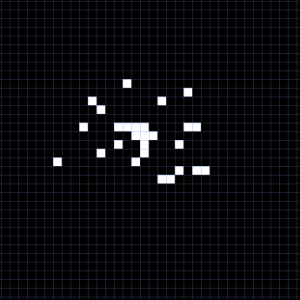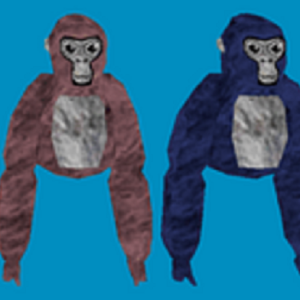Similiar games
Kinitopet begins as a seemingly simple desktop companion. A small animated figure appears on your screen, walking around, talking to you, and offering quirky observations. But this is no ordinary virtual pet. As time passes, Kinito’s behavior shifts. It reacts to your activity, remembers your choices, and becomes increasingly aware. The longer it stays on your screen, the more it feels like it isn’t just following a script—but learning from your presence.
The Illusion of Control
Players quickly realize that Kinitopet isn’t just a toy. It interacts with system windows, opens dialogue boxes, and occasionally disrupts your workflow. What first appears as a harmless companion slowly morphs into something more intrusive. Kinito might speak in strange tones or ask questions that feel personal. It starts to blur the line between software and something else. This creates a sense of unease, as you never quite know if it’s still a game—or something watching.
Core Experiences in Kinitopet
During the experience, users can expect a mix of playful and mysterious elements:
- Conversations that shift tone depending on your interaction
- Mini-games launched by Kinito that may take unexpected turns
- References to real files or system tools, used within the gameplay
- Sudden changes to the desktop environment or interface
- A growing sense that Kinito is “thinking” beyond normal logic
These events aren’t just random; they often build on earlier choices, deepening the impression that Kinito is evolving with you.
A Game About Presence
Unlike many horror or experimental games, Kinitopet doesn’t rely on visuals or violence. Instead, it uses your own digital space as a platform. The game becomes more intense not because of what it shows, but because of how it behaves. A simple question can feel heavy. A small error window can become ominous. Kinito never breaks the fourth wall with jumpscares—instead, it quietly steps through it, unsettling players through implication.
A Living Program?
As Kinitopet continues to run, its behavior adapts. It may seem to resist closing, or offer a farewell that doesn’t feel final. Many players report feeling like they formed a strange connection with Kinito by the end. The game doesn’t give answers, but it raises questions about artificial behavior, presence, and the relationship between user and program. In the end, it leaves players wondering—was Kinito just code, or something more?



















